Search
Home Home Improvement Concrete & Masonry Fast-Setting or Standard Concrete: How to Decide
Should you use fast-setting or regular concrete? The answer depends on the project and its size.Whether you’re installing a mailbox post or pouring a patio, the question of whether to buy fast-setting or standard concrete always comes up when you visit the home center.
Both bags may look similar, but understanding the differences in how they work will help determine which mix is the best for your project.
Quikrete Fast-Setting Concrete Mix is easy to use — just add water — and it sets in 20 to 40 minutes.
It’s the most efficient option for setting posts for things like mailboxes, fences and lamps. You just have to dig a hole for the post, pour in the dry mix and then soak with water.
Best of all, you can hang fence and other heavy loads on a post set with fast-setting concrete in just four hours.
Fast-setting concrete isn’t just simple and fast, it’s also durable and strong, reaching 4000 psi — or pounds of force per square inch —after a month. That’s stronger than the concrete used for foundations on most homes.
Quikrete Concrete Mix also is easy to use and can be mixed in a wheelbarrow or tub, or a mixing machine.
Simply add 2.8 liters of fresh water to one 80-pound bag of Quikrete Concrete and mix thoroughly.
Standard concrete is great for general work, but it’s especially effective for large projects over 2 inches thick — like patios, sidewalks curbs and steps.
Standard concrete sets in 24 to 48 hours and curing takes about five days in warm weather (70 degrees Fahrenheit or higher) or seven days in colder weather (50 to 70 degrees Fahrenheit).
After curing, regular concrete also can withstand 4000 psi.
Remember: While the tendency is to use more water when mixing concrete to make it easier to pour and finish, the more water added to the mixture, the weaker the finished concrete will be. So follow the bag’s instructions for the right balance.
So follow the bag’s instructions for the right balance.
While you can use fast-setting concrete or standard concrete for many applications, some projects are better suited for one product or the other.
Convenience comes at a cost. A bag of fast-setting concrete costs about a dollar more than regular concrete, though prices vary by store and location. So, if your project is small, the difference may not seem like much. But if the project’s big, you might be better served to use standard concrete.
Imagine that you’re building a privacy fence that requires 60 bags of concrete mix, and the fast-setting option is $1 more. Going with standard concrete could save you $60!
So, the decision is yours.
But remember: Whether you use fast-setting or standard concrete mix, stay safe — always wear protective glasses and rubber gloves.
Previous article4 Things You Can Do to Increase Your Home’s Value
Next article4 Signs That Your Home Has Plumbing Leaks
DANNY LIPFORD
https://www.aboutdannylipford.com/
Backed by his 40-year remodeling career, Danny served as the home improvement expert for CBS’s The Early Show and The Weather Channel for more than a decade. His extensive hands-on experience and understanding of the industry make him the go-to source for all things having to do with the home – from advice on simple repairs, to complete remodels, to helping homeowners prepare their homes for extreme weather and seasons.
Subscribe today for exclusive content & tips in your inbox!
The old adage time is money certainly applies to the construction industry. Delays waiting for materials to arrive or properly cure have been the headache of contractors for decades. Time is of the essence on many concrete projects, but contractors can't sacrifice quality, durability, or cost savings simply to reduce construction time. That is why many concrete contractors are turning to rapid-hardening hydraulic cement to meet tight schedules. Rapid-hardening hydraulic cement is not only a more durable alternative to portland cement on many projects, but its rapid-setting properties make it an ideal solution for today's schedule-and budget-driven projects.
Delays waiting for materials to arrive or properly cure have been the headache of contractors for decades. Time is of the essence on many concrete projects, but contractors can't sacrifice quality, durability, or cost savings simply to reduce construction time. That is why many concrete contractors are turning to rapid-hardening hydraulic cement to meet tight schedules. Rapid-hardening hydraulic cement is not only a more durable alternative to portland cement on many projects, but its rapid-setting properties make it an ideal solution for today's schedule-and budget-driven projects.
The need for a more durable cement drove the research and development that produced CTS Cement Mfg. Corp. Rapid Set cement. Although portland cement has been successfully used for many years, it is not without limitations. Portland cement concrete is prone to drying shrinkage cracking. It is susceptible to attack by sulphates and has an undesirable reaction with certain aggregates (ASR).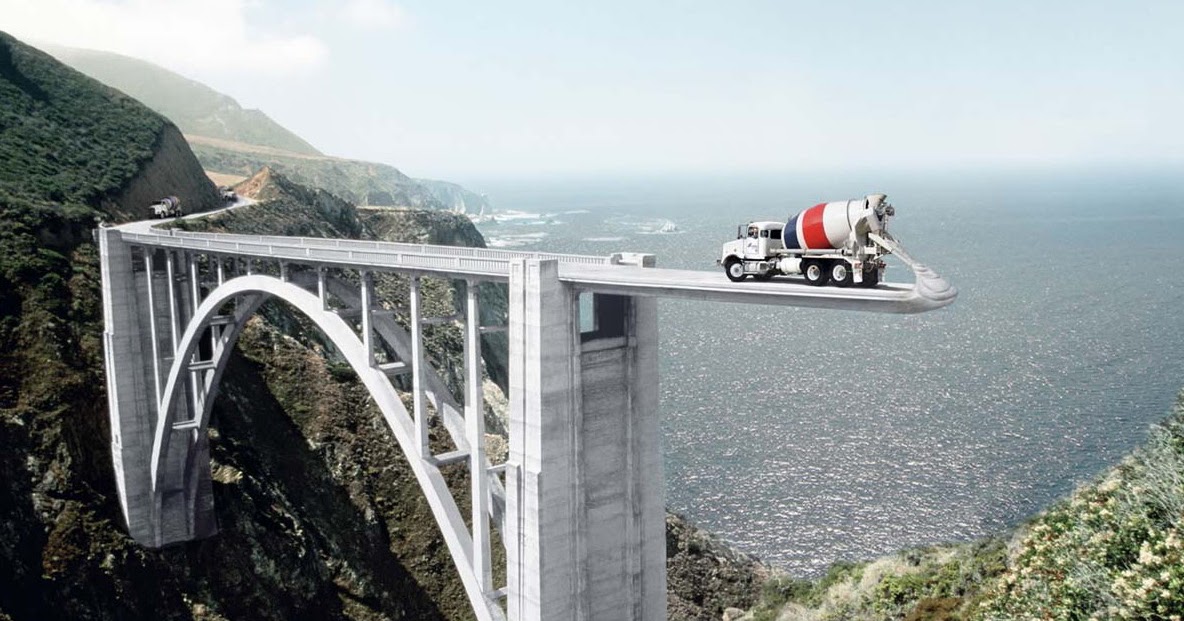 Generally, when one accelerates the gain in strength of portland cement concrete through finer grinding or chemical additives, there is a significant increase in drying shrinkage.
Generally, when one accelerates the gain in strength of portland cement concrete through finer grinding or chemical additives, there is a significant increase in drying shrinkage.
Rapid-hardening hydraulic cement offers reduced shrinkage and superior resistance to chemical attack. It achieves strength much faster than portland cement and many installations can be put into service in as little time as one hour. Compared to portland cement, rapid-hardening hydraulic cement reaches typical compressive strengths in a few hours that an equivalent portland cement mix would require one month to achieve.
Rapid-hardening hydraulic cement has been used for both concrete repair and new construction, wherever superior durability and rapid strength gain are required. It is blended and packaged into a wide range of high-performance products including nonshrink grout, structural repair mortar, concrete, exterior plaster, and other cementitious products.
Rapid-hardening hydraulic cement is manufactured with similar raw materials, equipment, and processes used to make portland cement, but that is where the similarities end.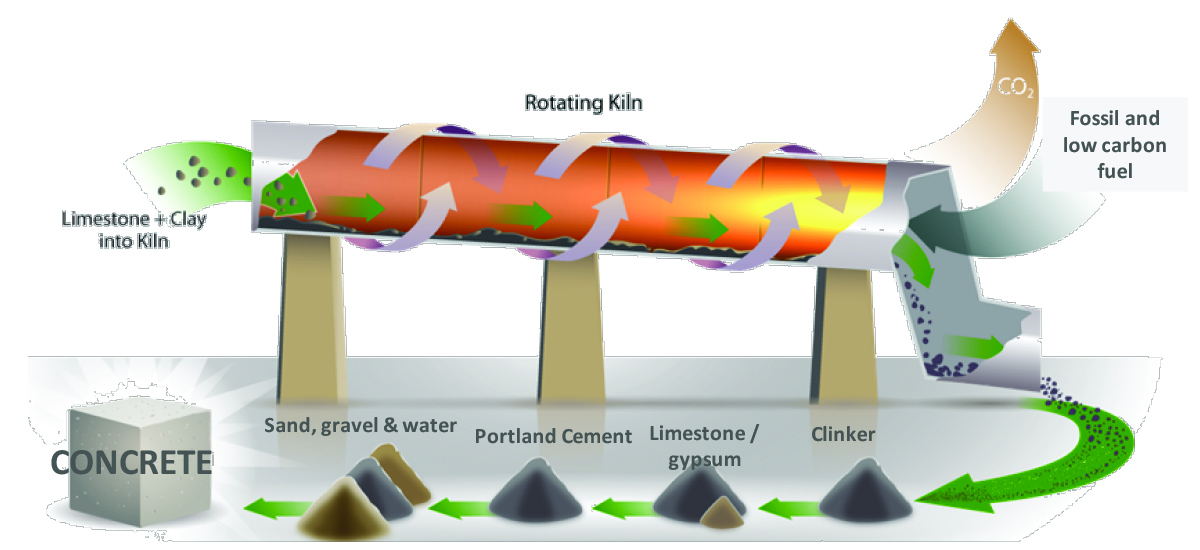 The chemistry of rapid-hardening hydraulic cement, which differs from portland cement, is composed primarily of hydraulic tetracalcium trialuminate sulphate (CSA) and dicalcium silicate (C2S). C2S is the most durable compound found in portland cement. The CSA compound, often referred to as calcium sulfoaluminate, hydrates to form ettringite-a strong needle-like crystal that develops quickly to give rapid-hardening hydraulic cement its high performance. Another significant aspect of this product's chemistry is the absence of tricalcium aluminate (C3A), which makes a cement susceptible to sulfate attack. Because rapid-hardening hydraulic cement has little or no C3A, it is very durable in sulfate environments.
The chemistry of rapid-hardening hydraulic cement, which differs from portland cement, is composed primarily of hydraulic tetracalcium trialuminate sulphate (CSA) and dicalcium silicate (C2S). C2S is the most durable compound found in portland cement. The CSA compound, often referred to as calcium sulfoaluminate, hydrates to form ettringite-a strong needle-like crystal that develops quickly to give rapid-hardening hydraulic cement its high performance. Another significant aspect of this product's chemistry is the absence of tricalcium aluminate (C3A), which makes a cement susceptible to sulfate attack. Because rapid-hardening hydraulic cement has little or no C3A, it is very durable in sulfate environments.
As a viable alternative to portland cement, rapid-hardening hydraulic cement offers several advantages including durability, versatility, speed, and ease-of-use, as well as cost benefits and environmental considerations.
 The amount of mixing water in concrete is a major factor in its durability. With portland cement concrete, the mixing water needed to make it fluid enough for placement is in excess of the water needed to hydrate the cement. This excess water, often called water of convenience, evaporates over time leaving voids or pores in the concrete and causes drying shrinkage. In a typical portland cement concrete mix, the excess water of convenience amounts to about 50% of the water in the mix.
The amount of mixing water in concrete is a major factor in its durability. With portland cement concrete, the mixing water needed to make it fluid enough for placement is in excess of the water needed to hydrate the cement. This excess water, often called water of convenience, evaporates over time leaving voids or pores in the concrete and causes drying shrinkage. In a typical portland cement concrete mix, the excess water of convenience amounts to about 50% of the water in the mix. .jpg) With fewer pores and less drying shrinkage, rapid-hardening hydraulic concrete is more durable than portland cement concrete.
With fewer pores and less drying shrinkage, rapid-hardening hydraulic concrete is more durable than portland cement concrete. Ten pallets of the Mortar Mix were used for full-depth repairs on sewage containment tanks. The original specifications allowed for 28 days for the repair process and the use of rapid-hardening hydraulic cement enabled the project to be complete in a mere three days.
Ten pallets of the Mortar Mix were used for full-depth repairs on sewage containment tanks. The original specifications allowed for 28 days for the repair process and the use of rapid-hardening hydraulic cement enabled the project to be complete in a mere three days.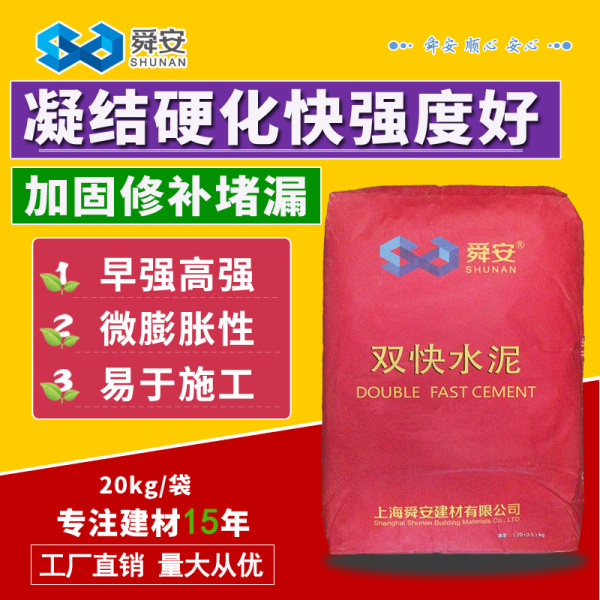
 The contractor for the project learned about the product at a trade show and thought it would be the best application for this job as opposed to an acrylic system. WunderFixx required fewer coats because it had a much larger spread than the acrylic system, so the contractor was able to provide a tremendous cost savings by using less material. A scratch coat, brown coat, two coats of base material, and then the rapid-set product served as the final coat on the plaster. The owner liked the smooth and fine spreadability of the product, the elimination of chatter marks, as well as the fact the product is engineered for sandability.
The contractor for the project learned about the product at a trade show and thought it would be the best application for this job as opposed to an acrylic system. WunderFixx required fewer coats because it had a much larger spread than the acrylic system, so the contractor was able to provide a tremendous cost savings by using less material. A scratch coat, brown coat, two coats of base material, and then the rapid-set product served as the final coat on the plaster. The owner liked the smooth and fine spreadability of the product, the elimination of chatter marks, as well as the fact the product is engineered for sandability. 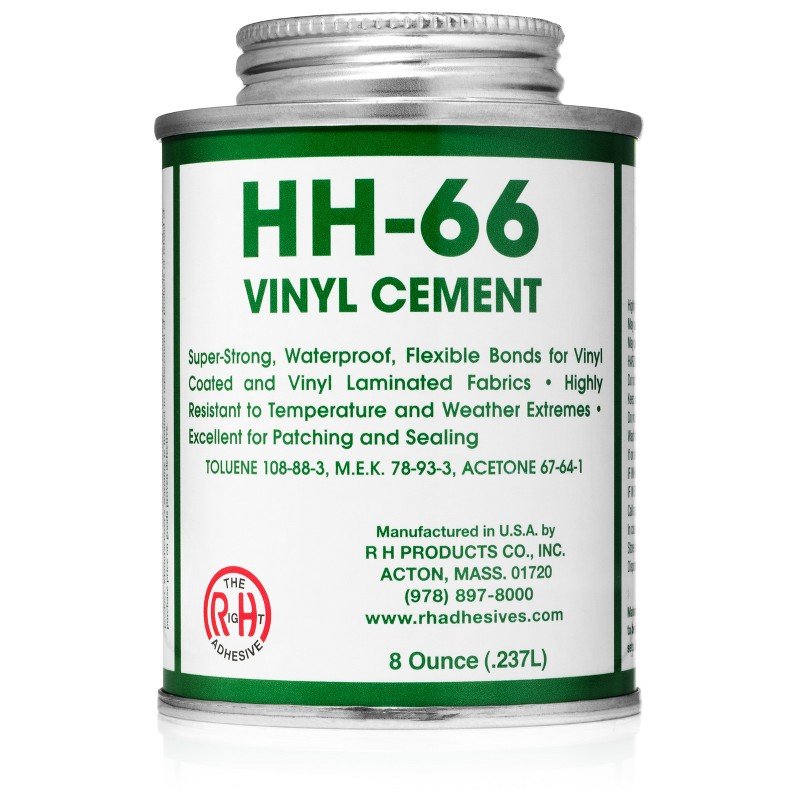 They were able to use one-third less material, which saved a great deal of money.
They were able to use one-third less material, which saved a great deal of money. Rapid-hardening hydraulic concrete is much more durable than portland cement, and has a greater resistance to sulfate and other types of chemical attack. Due to chemical formulation, lower porosity and subsequent internal self-desiccation, rapid-hardening hydraulic cement is extremely impervious to carbonation, freeze/thaw susceptibility, and acid rain leaching. Rapid-hardening hydraulic cement has a proven record of field performance that exceeds the normal useful lifespan of portland cement concrete.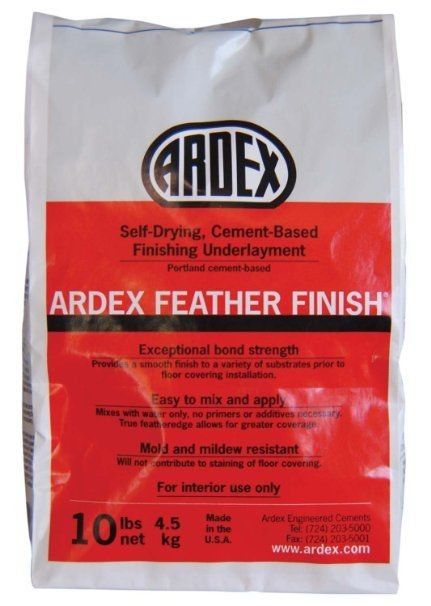
Contractors across the country have realized the benefits of using rapid-hardening hydraulic cement products on a diverse range of projects for nearly three decades. Compute the cost of durability and time, and it is apparent that rapid-hardening hydraulic cement is a viable, cost-effective alternative to portland cement. No special equipment is needed to mix rapid-hardening hydraulic cement, and it can be put into service in as little as one hour, which allows contractors to complete work faster. Rapid-hardening hydraulic cement can obtain the same strength in just six hours, as the 28-day strength of an equivalent portland cement mix.
Frank Senatore is vice president of packaged products for CTS Cement Mfg. Corp.
When working with large concrete structures and the need to complete the task in a short time, you will need fast-hardening cement . Its composition and fabrication make it possible to reach the specified strength much faster.
Its composition and fabrication make it possible to reach the specified strength much faster.
The product is manufactured in accordance with GOST 10178-62. In order for cement to be classified as fast-hardening, it must gain up to half the strength indicated in the brand in 1-2 days. nine0007
Depending on the type of cement, its compressive strength, heat resistance, crack resistance, density and other parameters differ. According to the main indicators, the composition differs little from the mixture hardening in the usual mode.
The main brands of cement in the production of the mixture are M200, M300, M400 and M500. Additives are added to them to speed up the curing process. In the manufacture of the solution, fine aggregate, well-cleaned sand and water are used. nine0007
The secret behind the production of Fast Setting Cement lies in the finer grinding of its components.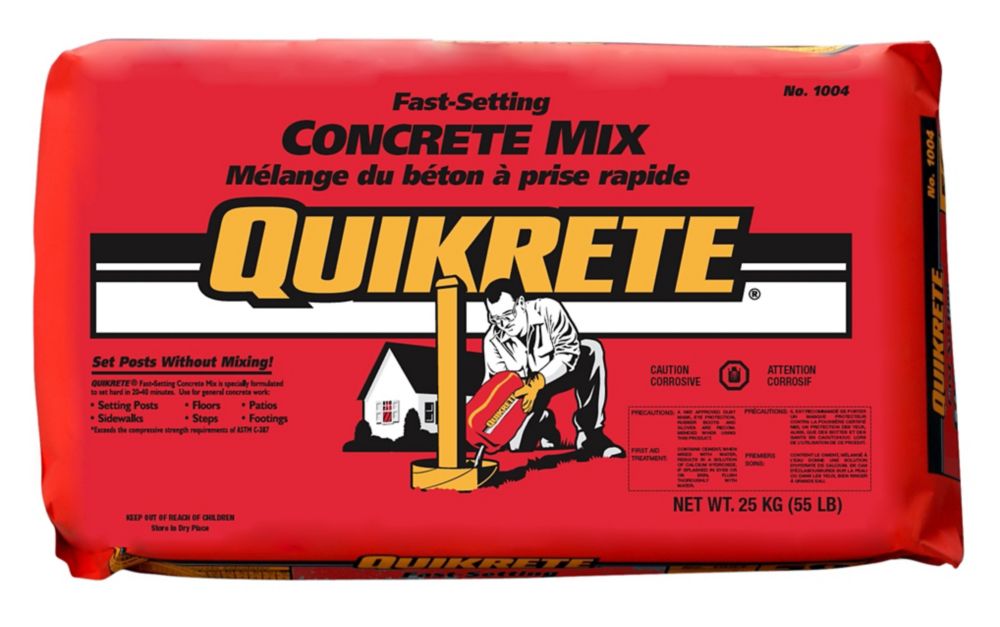 Reducing the size of the granules that make up the mixture leads to the fact that the area of interaction with the reagent becomes larger. Hydration is greatly accelerated.
Reducing the size of the granules that make up the mixture leads to the fact that the area of interaction with the reagent becomes larger. Hydration is greatly accelerated.
To achieve the desired setting values, the specific grinding surface must be at least 3500-4000 cm 2 /g.
Several methods can be used in production to speed up the setting of the final mix:
Main area of use - monolithic construction . When erecting a high-rise residential building or other structures, speed is important. Here, a quick-hardening cement-based mortar shows its best side.
When erecting a high-rise residential building or other structures, speed is important. Here, a quick-hardening cement-based mortar shows its best side.
Mortar can be used when making brickwork . Sometimes the need for its use is explained by the timing of construction, the onset of winter or autumn. When the command to start construction is given too late, it is necessary to use the mixture as an alternative to the usual one. nine0007
There are no restrictions on the use, because the characteristics of cement are similar to mixtures with normal setting times.
The main difference parameter is the grade of cement used in the production of the mixture. The performance characteristics after hardening will depend on them.
There are two types according to the hardening speed:
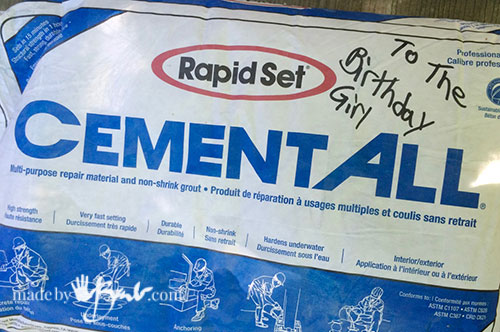 To get a high-quality mixture, you need to finely grind the clinker - up to a specific surface of 4000 cm 2 /g. Alite and celite may be added. Already in the first day after pouring, the density will be 30 MPa. After another two days, this figure will increase by 10 MPa.
To get a high-quality mixture, you need to finely grind the clinker - up to a specific surface of 4000 cm 2 /g. Alite and celite may be added. Already in the first day after pouring, the density will be 30 MPa. After another two days, this figure will increase by 10 MPa. The marking of the mixture looks like this: XXX 000 Y0 Z, where:
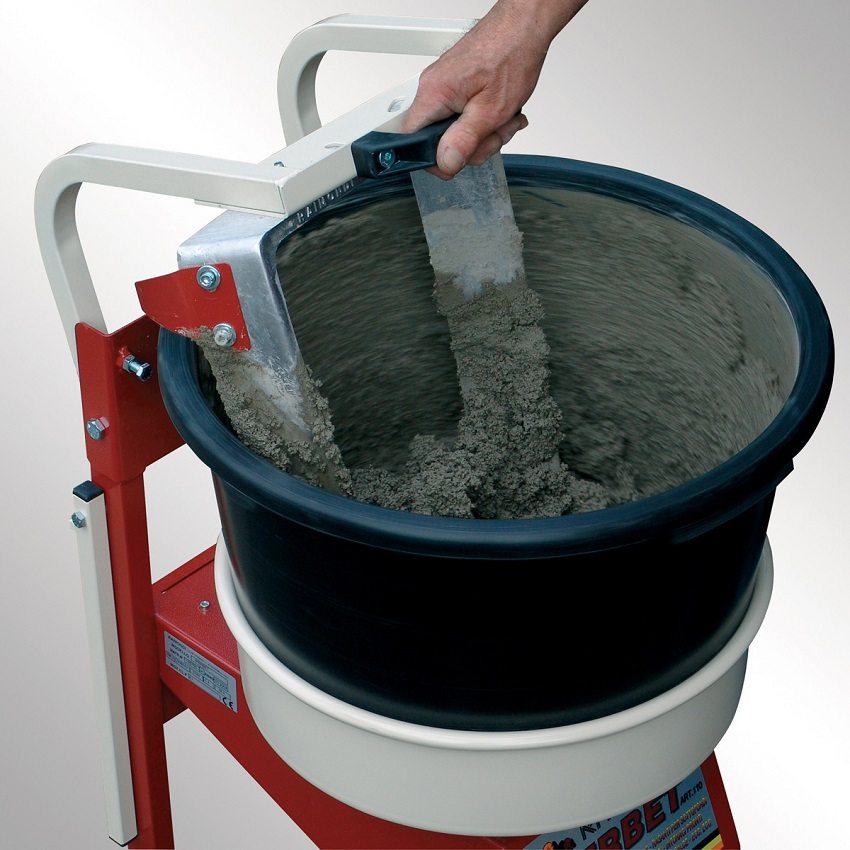
Among the best known manufacturers on the market:
Drying time for is affected by the composition of the mixture, as well as external conditions - humidity level, temperature.
The minimum period for which the initial strength is gained is about three hours.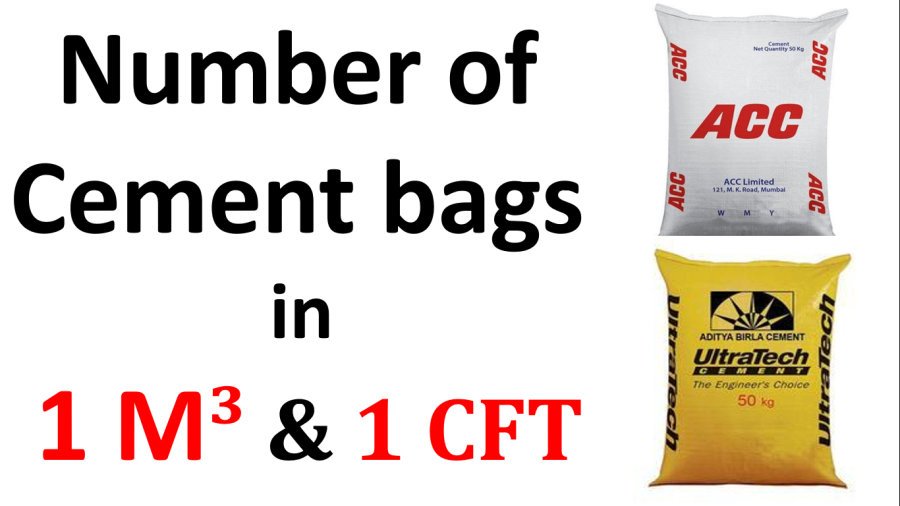 For ultra-fast drying cement, this time is enough to remove the formwork. The main strength of the composition gains in three days of using .
For ultra-fast drying cement, this time is enough to remove the formwork. The main strength of the composition gains in three days of using .
If you are using a fast curing waterproof cement, it is important that the mix is fresh and there is no direct contact with water during curing. Filling is best done in dry weather and temperatures not lower than +20 degrees. nine0007
Our company offers to buy waterproof concrete. We are ready to organize fast shipment and delivery in St. Petersburg. Call for details.
Quick setting cement is a concrete mortar in which, due to the composition and production features, accelerated hydration occurs, which significantly reduces the time for curing and the complete cycle of hardening of the mixture. Such cement is used in the construction of high-rise structures, monoliths, reinforced concrete structures, in situations where it is impossible or impractical to wait 28 days for the curing of concrete.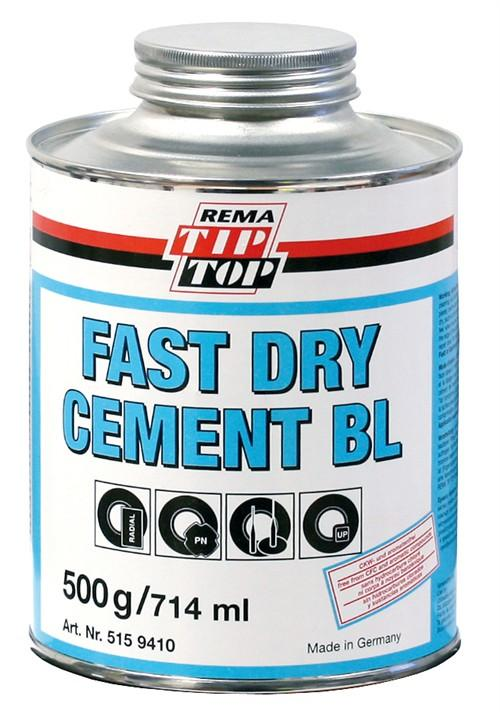 nine0007
nine0007
Fast-drying cement has the main advantage of shortening the curing time, which significantly reduces the turnaround time, avoids downtime and allows construction to continue. Despite this advantage, such cement is unlikely to ever displace conventional mixtures from the market, since it is produced on expensive equipment (which accordingly affects the price of the material), from high-quality raw materials (this factor also increases the cost), and implies certain requirements for pouring technology . nine0007
Quick-setting cement is marked with index B on the package, is available in two versions - M400 and M500, may involve the addition of mineral components, have sulfate resistance, water resistance and other important properties.
Fast-setting Portland cement assumes a predominance of the alite phase in the mineralogical composition with a limited amount of C3A (maximum 8%). Intensive hardening, even at the initial stage, guarantees, after 2 days, a set of strength in the range of 15-25 MPa (almost half of the brand indicator).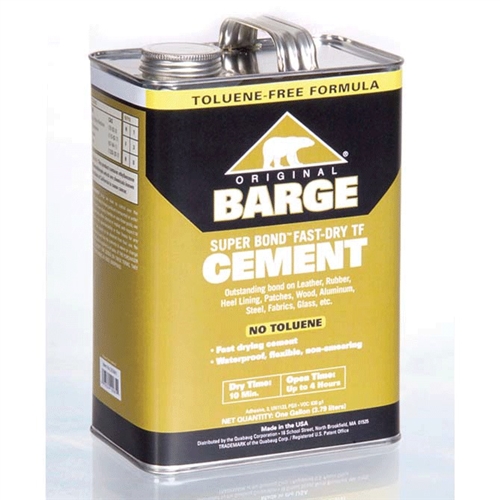 nine0007
nine0007
GOST 10178-62 establishes a bending strength of at least 40 kgf / cm3 - after 3 days, reinforced concrete structures reach this indicator under normal conditions. Today, there are two types of quick-setting concrete on the market - M400 D20B and more durable M500 D20B (used more often - in pouring foundations, laying walls).
Contents
Usually fast setting cement is used in the production of reinforced concrete products where it is impossible to steam the structure in the chamber. For example, it can be the manufacture of foundation blocks.
The properties of the mortar are also important in the process of masonry work during rapid construction - in this case, it is possible to avoid downtime and significantly save on the time of using special equipment, remuneration of workers, and reducing the timing of the project. nine0007
nine0007
Also relevant is the use of a fast-hardening solution in the production of paving stones, less often concrete curbs, floor slabs and other structures. The main purpose of quick-setting cement is to speed up the process of performing work without losing strength characteristics, resistance to various influences.
The process for the production of accelerated cement requires a finer grinding of the ingredients. The smaller the granules, the larger the area of their interaction with the reagent, which accelerates hydration. Thus, the specific surface area of quick-drying cement is in the range of 3500-4000 cm2/g, for ordinary cement it is 2800-3000 cm2/g of the substance. There are also especially fast-hardening cements, where the active area reaches 7000-9000 cm2/g.
When hardening in natural conditions, a quick-setting cement mixture 3-4 hours after pouring already allows the formwork to be dismantled (concrete shows a strength of 100 kg / cm2), and the next day the concrete gains two-thirds of its strength.
BTC fine grinding implies faster equipment wear, longer cement production time, which affects the cost of the material. Some manufacturers, in order to give the desired properties to cement, practice adding mineral additives to the composition (calcium oxide silica, for example), but this option does not give the same setting speed as concrete created on the basis of fine grinding cement. nine0007
In total, there are two types of cement with a high setting and hardening rate - extra fast hardening and ultra fast hardening. They differ in certain features in the composition and properties.
Types of fast setting cement:
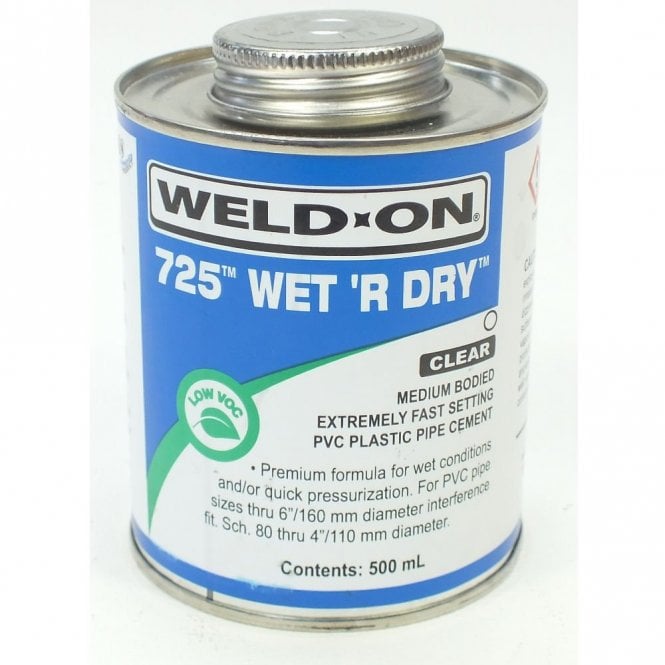 The density of concrete after a day is 30 MPa, after three days - 45 MPa. nine0040
The density of concrete after a day is 30 MPa, after three days - 45 MPa. nine0040 Fast-drying cement is identified by the letter B next to the grade. The content of mineral and other additives is displayed as a percentage and is indicated next to the letter D.
Explanation of index PC 400 D30 B:
Indexes can also be indicated: VRTs - water resistance, SS - sulfate resistance, H - normally hardening cement.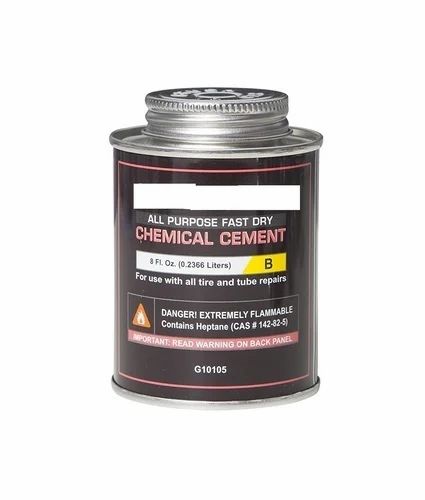 nine0007
nine0007
It is also worth remembering that in 2004 new international designations were introduced, but the marking data remained the same - BTC Moscow and the region sells with the old type of marking, for example. However, if CEM (CEM) I (II) 32.5 B (N) is indicated on the package, this means: I - no additives, II - there are additives, 32.5 - strength class, B - quick-hardening concrete, H - normally hardening.
The process of concrete drying and full curing includes two main stages. First, the process of setting quick-drying cement takes place - in the shortest possible time, it takes about 2-3 hours. At a temperature of +20 degrees, an hour is enough for setting, at 0 - about 20 hours. The process begins in quick-drying mortars and concretes already 7-10 minutes after pouring. nine0007
If the process takes place in special steam chambers, the concrete sets in 20 minutes. Then the concrete hardens - it all depends on the type of cement chosen and the standard indicators.